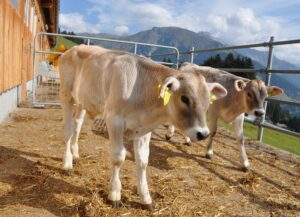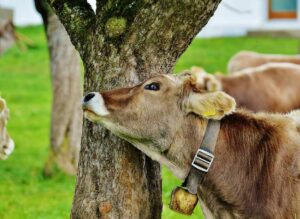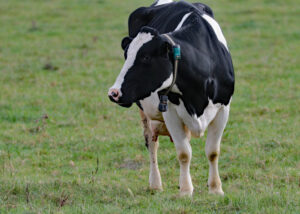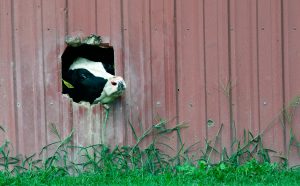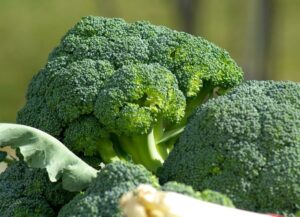Lucas Pantaleon
Fasciolosis in a zoonotic disease. The infection is caused by Fasciola hepatica and Fasciola gigantica flukes and juvenile forms affecting the liver parenchyma, as well as adult forms that migrate to the bile ducts. The disease is responsible for significant economic losses to dairy cattle producers, such as liver condemnation during slaughter.
A study published recently in EC Veterinary Science (Rocha Braga et al., 2020) determined the frequency of fasciolosis in a region of Brazil and if a disease association with mastitis and liver injury exists.
Fecal and serum samples were obtained from 928 dairy cattle from the 72 farms enrolled in the study. A questionnaire was sent to the participating farms with the aim of gathering data around flooded areas, anthelmintic use, etc. Mastitis was assessed clinically and by means of performing the California Mastitis Test.
In the sampled population the prevalence of the diseased was 5.49%. These results are much lower than the 19% to 21% found by previous investigators. An explanation for these disparities could be the lower rainfall in the area during the study period.
Flooded areas favor the parasite proliferation
Water is an essential element for the development of the parasite as it needs a mollusk to complete its life cycle. Furthermore, decreased rainfall makes dispersal of the mollusk less efficient hence more difficult for cattle to become infected.
Researchers demonstrated that cattle in flooded areas were 2.5 times more likely to contact the disease. In dairy cattle there was no evidence to correlated mastitis with F. hepatica positive animals, other researchers found a correlation between mastitis and fasciolosis in sheep.
Fasciolosis produces hepatic cell wall damage and liver tissue necrosis. In affected cattle hepatic enzymes were elevated, with 7.8% showing elevation in aspartate aminotransferase (AST) and 84% had elevated gamma glutamyl transferase (GGT) levels. According to this study the higher number of affected animals with elevated GGT levels is likely due to the fact that this enzyme is a more sensitive indicator of liver damage in chronic subclinical fasciolosis.
However, in cases of very low parasite load, GGT elevations are not always seen. In this study there was a significant association between infected animals and elevation in GGT serum levels, this association was not seen with serum AST concentrations.
In summary, the investigators were able to show a significant effect of flooding with the presence of disease as well as abnormalities in the levels of hepatic enzymes, mainly GGT levels.
Reference
Áquila Flávia da Rocha Braga, Isabella Vilhena Freire Martins, Aline Nunes Simões, Marcos Vinicius Gonçalves Viana, Graziela Barioni and Dirlei Molinari Donatele. Fasciolosis in Cows in Espírito Santo, Brazil, and its Association with Risk Factors, Mastitis and Liver Enzymes. EC Veterinary Science 5.1 (2020): 01-05
© 2020 Dairy Knowledge Center. All Rights Reserved.



